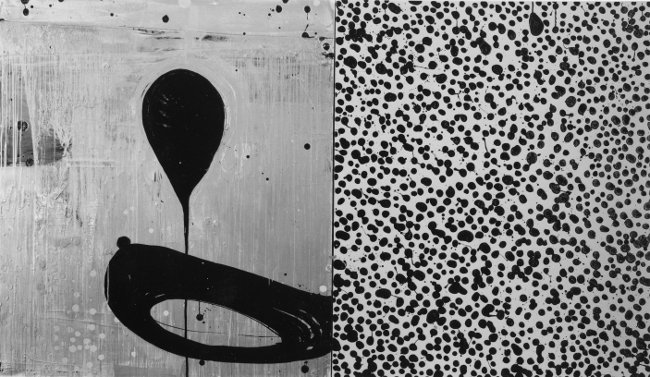Alex on Film has been running a series of quizzes that test your powers of recall, observation, and movie knowledge.
See if you can name the films behind these screenshots, grouped into themes. My identification rate is extremely low but that didn't stop my pitching in on severed heads, tattoos, people looking in rear view car mirrors, views through crosshairs, and hangings.
Mostly I don't answer unless I know. I've skipped several quizzes either for lack of a contribution or because I thought I could safely miss it, e.g., eyeball mutilation (I have my limits).



